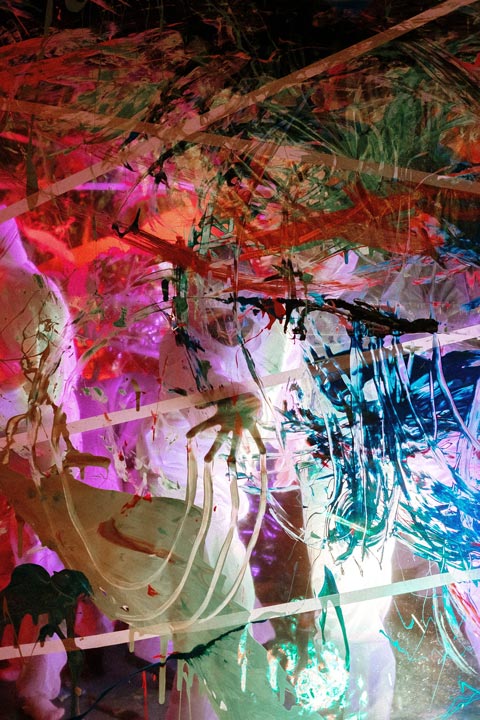The city’s Ibagiw Creative Festival is helping its local arts and crafts scene to thrive, inviting many to breathe and find healing amid the global crisis
RELATED READ: Everything You Need To Do Before Traveling To Your Favorite Local Destination
Marie Venus Tan believes that arts and artists can meet the challenges of our times. “We breathe inspiration, we breathe innovation,” she says. “We can’t be trifled by all of this. We need to learn to live with it.” As a former Regional Director of the Department of Tourism for the Cordilleras and the current director of Baguio’s annual Ibagiw Creative Festival, she shares that mounting the event grew from a need. People wanted to breathe so why not breathe in Baguio?

Tan says that that became the theme of the Ibagiw’s third staging, which pushed through last November. The logistics were tricky to say the least.
Physical and digital
“We said it should be 70-30; mostly on the digital platform,” she explains. There is a need for the physical presence for artisans to learn through lectures and hands-on workshops, and to create jobs to help jumpstart the economy. “Baguio is a tourist destination and certainly a lot of our crafts and artwork provide the impetus for economic upliftment for our people,” she adds.

installation
Following COVID-19 safety guidelines, the festival took a multi-venue approach: from Dominican Hill to the forests and areas in the city, people viewed and experienced fascinating artworks and installations. There was Art in the Park, a Woodcarving Competition, the exhibit for contemporary arts, the Forest Bathing Trail in Camp John Hay, Children’s Storybooks on Weaving, and the Mandeko Kito (an Ibaloy term for “let us sell”) Artisanal Market on weekends.
As a well-known tourist destination in the country, Baguio is home to indigenous woven textiles, stunning woodworks, mesmerizing paintings, and jewelry rich in tradition. That’s why it is no surprise for Baguio to be the first city in the Philippines designated as the UNESCO Creative City of Crafts and Folk Arts and the fifth among Association of the Southeast Asian Nations (ASEAN).

Creative Capital
For four years now, the goals remain to elevate the art scene and to be the Arts Capital in Southeast Asia. Partnering with the Department of Tourism and the Department of Trade and Industry, the city opened tours to art spaces and creative centers throughout the year. From restaurants and cafés with galleries, gastronomic journeys, to homes open for garden crawls, there is much art to experience.
Staging all these, Tan says, “is really part and parcel of hope for our people because in this time of quarantine and [the] pandemic… creativity is a form of hope.”

Visibility and Distribution
Creating art entails finding the right platform for exposure, inviting more people to appreciate their products. Beyond local galleries, Tan says the artists are reaching out nationally and internationally with the help of the digital landscape. “I think the way they look at it is not only an expression of their own creativity, but certainly toward creating economic prosperity,” she reflects.
The distribution of these works is a crucial part of the process. The Ibagiw Creative Festival reaffirms this together with the Baguio Arts and Crafts Collectives Inc. (BACCI), the organization helping artists learn to be entrepreneurs as well. “They’re not just there to produce but make sure that they know how to sell their products,” Tan clarifies.

Marketing products may be essential, but it all trickles down to the healing nature of art. When one walks through Baguio now, spaces are teeming with displays of creativity. All these bring a sense of renewal and stillness—what people need the most in these tumultuous times.
Tan believes “the expression of creativity is good for the soul… It provides hope for many people.”
Read the whole story on Baguio’s flourishing art scene in Volume 1 of Lifestyle Asia 2021.
Photos courtesy of Ibagiw Creative Festival. For more on the event, visit Ibagiw.BaguioArtsAndCrafts.Org.





